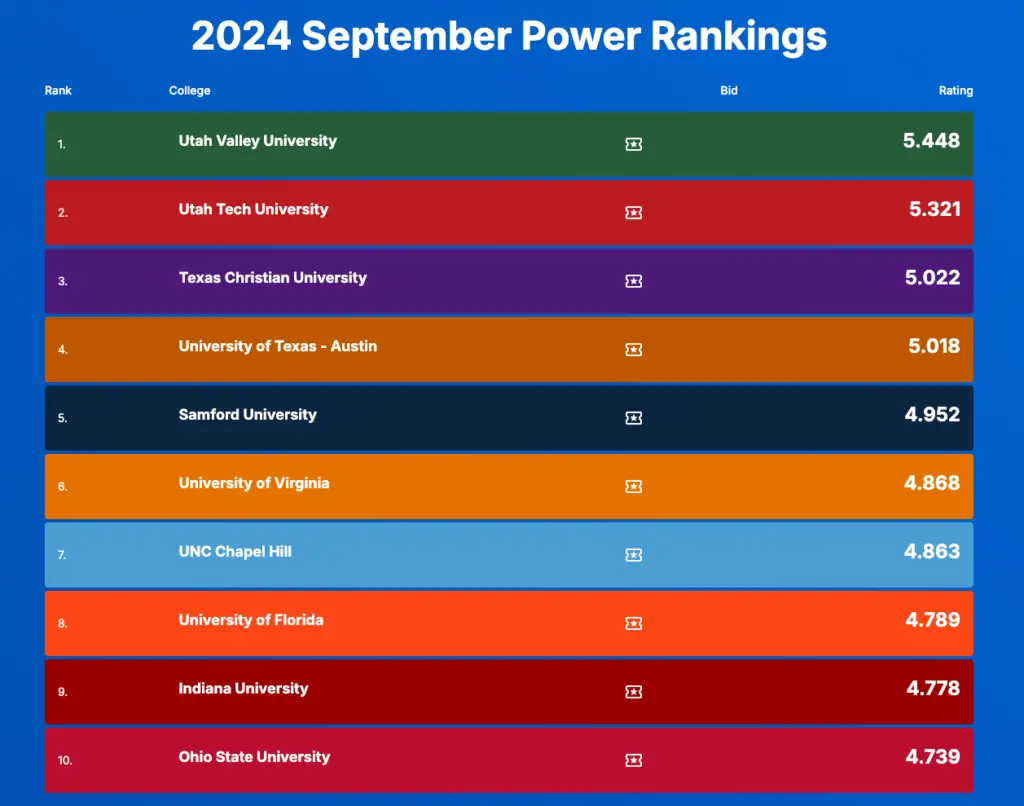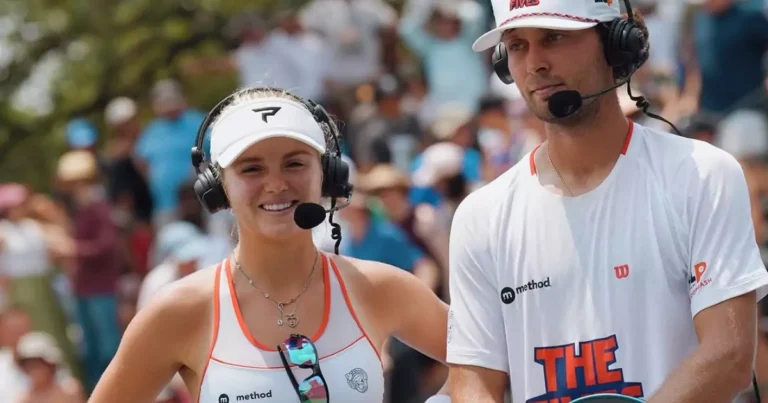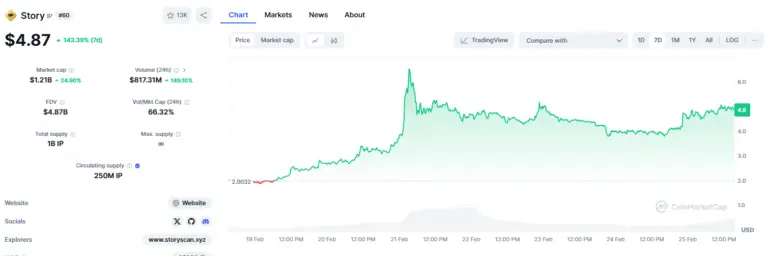The Rise of Collegiate Pickleball: A Game-Changer in College Athletics
Collegiate pickleball is rapidly transforming from a trendy pastime into a significant force in the sports world. Following the inaugural Intercollegiate National Championships hosted by DUPR in November 2022, interest in the sport among college students has surged, paving the way for a vibrant competitive landscape.
Emergence of Collegiate Pickleball Tours
DUPR may have pioneered collegiate tournaments, but other influential organizations like the Association of Pickleball Players (APP) and the National Collegiate Pickleball Association (NCPA) have quickly recognized the immense potential for growth in this sector. What began as a few scattered tournaments has blossomed into a nationwide competition series, attracting players from a diverse array of institutions.

Participation is inclusive; any student enrolled in at least six credits at an accredited college or university can join the fray. This accessibility allows athletes from small private colleges like Samford to large public universities like Ohio State to proudly represent their schools on the court.
The latest DUPR College Individual National Championship in June saw participation from over 30 schools, with a total of $20,000 in scholarships awarded. Notable winners included prestigious institutions such as the University of Texas-Austin, Indiana University, University of Florida, and University of Virginia.
Building Community on Campus

The rise of pickleball has also fostered a sense of community among students. The number of active pickleball clubs at colleges has skyrocketed, jumping from 17 to over 130 between 2023 and 2024. This increase reflects the sport’s growing popularity and its ability to bring students together, whether for competition or camaraderie.
Competitive Format and Rankings
Collegiate pickleball features an exhilarating format inspired by Major League Pickleball (MLP). Each team consists of two men and two women, competing in gender-specific doubles matches as well as mixed doubles. If the score is tied at 2-2, the match culminates in a thrilling Dreambreaker—a singles tiebreaker that keeps fans on the edge of their seats.
The DUPR system ranks colleges based on the average ratings of their top four players. Currently, Utah Valley and Utah Tech lead the pack, setting the stage for an exciting competition season.

As the DUPR Collegiate National Championship approaches this November, several super-regional events will be held to determine which teams will advance. The first super regional took place on September 21-22 at the Pickleball Club in Port St. Lucie, Florida, where Florida Atlantic University (FAU) emerged victorious. Additional super regionals are scheduled throughout the semester in various cities, including Las Vegas and Houston.
A Bright Future Ahead
The future of collegiate pickleball looks exceptionally promising. With increased prize money, more tournaments, and a burgeoning player base, the sport is set for explosive growth. In 2024 alone, dozens of campus, regional, and national tournaments are on the horizon, with DUPR, APP, and NCPA projected to award over $50,000 in scholarships.

As pickleball continues to gain momentum, it is poised to become a defining element of college athletics. With opportunities for competition expanding at an unprecedented rate, collegiate pickleball is not just a trend; it’s a movement that is reshaping the landscape of college sports.












